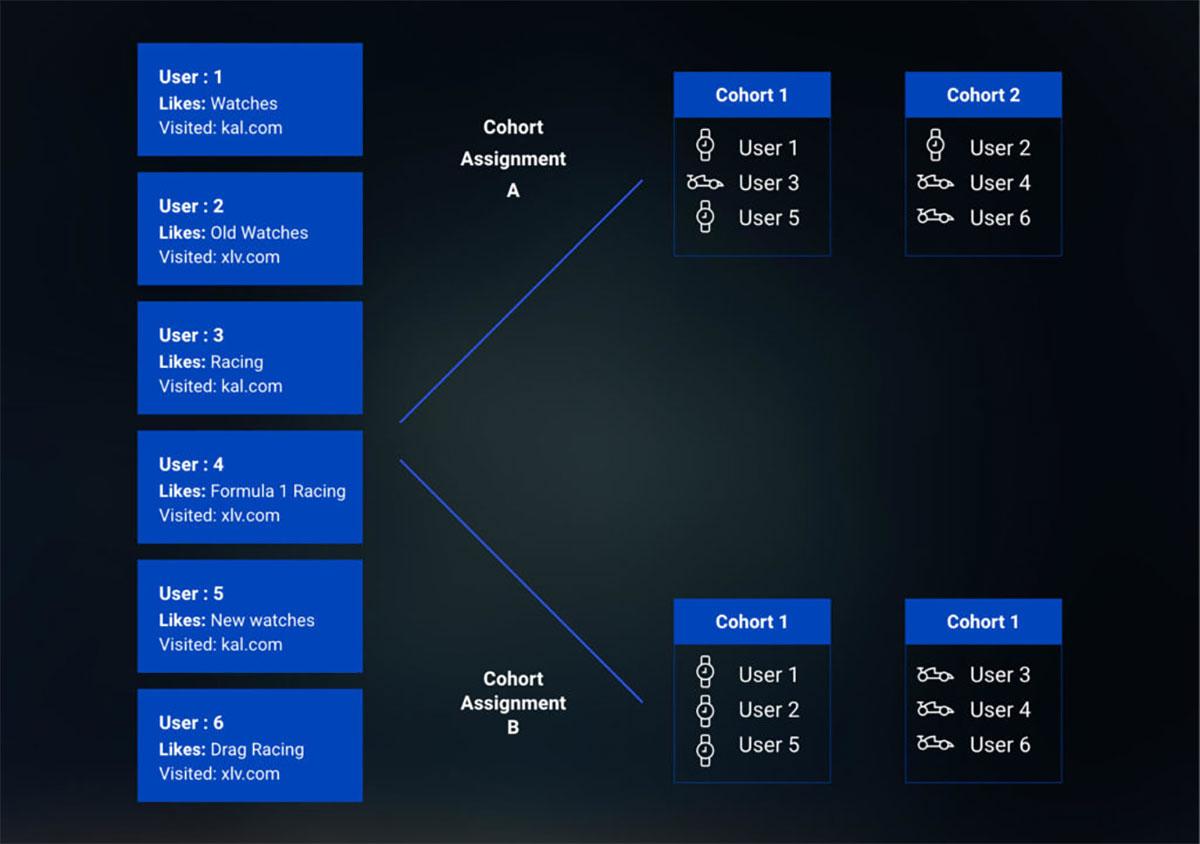Digesting Google’s “New” Cookie Policy
In January of last year, Google announced a plan to start blocking third-party cookies from its Chrome browser by 2022; a decision that other browsers like Firefox and Safari had already instituted by that time. But given the fact that roughly two-thirds of internet users are now attached to Google in some way, their decision sent a ripple of reactionary panic through the digital advertising community. In fact, it’s one of the most common topics clients still ask me about today.
So, with all apologies to REM, I’ll summarize my thoughts by simply saying “it’s the end of the world as we know it.” But I feel fine. And you should, too.
Until now, advertisers and their agencies have been able to target individual consumers on a one-to-one basis, predicated on all the third-party behavioral data that companies collect on each user as they travel around the internet. It’s been a boon for digital marketers – particularly those who lack the discipline to exercise discretion – but has also raised concerns regarding privacy (from consumers and regulators alike).
I’ve always believed the best marketing practices are a lot like good dating habits. It starts with asking the other person to tell you something about themself and then responding with a little info about yourself that’s similar and relevant. If they respond to that and express some interest, then you repeat the process. Again and again. It’s a two-way conversation based on mutual respect and intended to build trust. But watching them, following them and then popping up to tell them all about yourself isn’t dating. It’s stalking.
Based on technology developed through their Privacy Sandbox, Google plans to replace advertiser access to user-specific third-party data with what they’re calling their Federated Learning of Cohorts (FLoC) protocol. Fancy name but not much different from what they’ve always done. Chrome will still keep track of individual user browsing habits across the web, but those users will now be sorted into various audiences – or cohorts – based on their habits. So, advertisers will no longer be able to target individual users, but can still reach large groups of prospects who “look” and behave much the same.

What does this really change? Not much. The result (for smart marketers) will be advertising that’s still personally relevant and equally effective but feels less predatory and “stalky” to the consumer. It might not be one-to-one, but it is one-to-many who are largely of one mind.
Note that we’re only talking about a change in Google’s policy regarding advertiser use of their data. Google will still collect user data – including users on mobile devices – and will still use that personal information to target ads on their own platforms (which still make up the majority of their revenue). They’ll just stop selling web ads targeted to individual browsing habits, and Chrome will no longer allow advertiser cookies that collect the same.
In other words, Google trusts its own people to be good stewards of personal data. They just don’t trust you.
This could also be a mixed blessing for consumers. It’s fair to presume most internet users want all of their personal data to remain strictly private. Until they don’t. Because many consumers are almost equally incensed by the intrusion of advertising that seems personally irrelevant. Remember when you used to get emails about products you’d never need or see ads for services you’d never use? Advertisers who fail to do their homework before they put Google’s new protocol to work risk pushing us all back to the 1990’s.
What should you do about it? Get back to basics and focus on the people who brought you to the party. The old ways of finding your online audience are being phased out, and it’s imperative that advertisers adapt to the times. In other words, more dating… less stalking.
Fortunately, tech-savvy agencies like Modern Impact have been planning for this future state and already equip sophisticated clients with the tools and intelligence necessary to leverage their own first-party data. Your current customers are your most valuable asset – in more ways than one – and the right platform empowers you to maximize the value of that asset by providing critical behavioral insights, and then building custom audiences that expand your potential market.
The most significant change many brands will need to deal with as a result of this shift in Google’s policy is a shift in priorities and a realignment of their MarTech stack. For those who’ve largely ignored the development or acquisition of a Customer Data Platform (CDP), it’s time to rethink your strategy and recruit partners who are already ahead of emerging trends.
Leveraging match-back attribution against phone numbers, emails and even physical addresses, the best programmatic media platforms also employ real-time analysis to identify behavioral trends, develop psychographic profiles and create custom user personae that help you to target hyper-specific audiences with relevant messaging that moves them through the funnel to the point of conversion.
It’s the kind of “collective personalization” the future will demand in order to stand out and truly resonate with your best prospects.


